Students get to showcase their award-winning accessibility-related designs
National competition aims to find innovative, practical and low-cost solutions to make our communities more accessible for persons with disabilities.
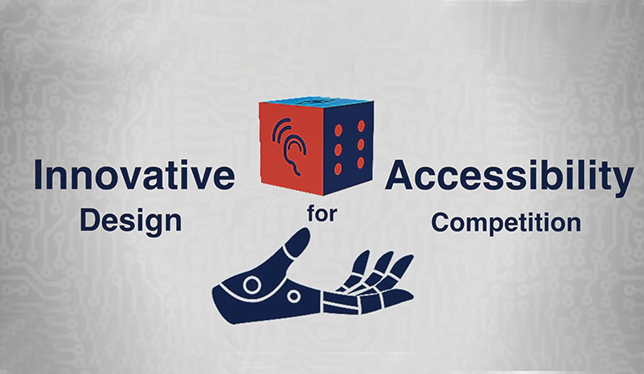
A year ago, Memorial University student Emma Dornan was watching TV with her “after-school buddy” Matthew Squires, a 10-year-old who suffers from spastic quadriplegia cerebral palsy, when she made what turned out to be an award-winning discovery.
“I was sitting on the couch with Matthew on my lap, using my hands and fingers to stabilize his head to help him watch TV,” recalled Ms. Dornan, a fourth-year behavioural neuroscience student who works with children with disabilities at Easter Seals summer camps and during the school year in St. John’s.
Ms. Doran realized that the springy support from her outstretched fingers helped to keep Matthew’s head stable and in the right position to watch TV. “It also provided better support than the head rest on his wheelchair, which allows his head to topple over and rub his neck, resulting in painful pressure sores,” she said.
She later shared her eureka moment with schoolmates Grace Clarke, a nursing student, and Katie Gillespie and Jack Chapman, engineering students who were in search of a novel project idea for a school competition. That led to their development of the MatHat, a cap-like device that mimics human hands to provide multiple-point, 360-degree head support for people with severe cerebral palsy, a condition characterized by constant unintentional movement.
The team made a prototype of the device plus computer models that showed its use and potential. On a suggestion from a professor, they entered their invention this past spring in the inaugural Innovative Designs for Accessibility – or IDeA – competition, a federally-funded, national contest for university students that aims to find innovative, practical and low-cost solutions to organizational, technological, physical and other barriers that persons with disabilities face in their everyday lives.
Theirs was one of 51 entries received from individuals or teams of students from 21 universities across the country before the May 31 deadline. The majority of entries came from Ontario (33, including eight from the University of Toronto, the most from one school) and involved students in two dozen study programs.
Five first-place winners were chosen in early July by eight experts in accessibility research and development, including seven university faculty members and an engineer from the Tetra Society, a voluntary organization of engineers who work on accessibility issues. Each winner received $2,000 and an invitation to appear and present their project October 22-23 at the Canadian Innovation Exchange, or CIX, Canada’s largest technology investment conference, which attracts tech company founders, funders and leaders from around the world.
Much to Ms. Dornan’s surprise and joy, the MattHat was one of this year’s winning entries. “I think we won because of the potential of our device,” she said. “It fills a gap in what is currently available.”
Other IDeA winners expressed similar sentiments about the need for their novel inventions. “We were in awe when we found out that we’d won – then we said, ‘Wow, this might be bigger than we thought,’” said Robert Ingino, a space engineering graduate from York University who is now working for the Canadian National Institute for the Blind in virtual reality development.
He and teammates Rijul Aggarwal, Ali Raza Syed and Rui Amoah joined together last year for what started as a senior-year project to develop a classroom simulator to help visually impaired kids develop the confidence they need to go to school by navigating through three different virtual classroom environments.
Many kids experience anxiety when they go to school for the first time, “but it’s even harder for the visually impaired,” Mr. Ingino said. “The noise and distractions can be daunting enough for them to decide to just stay home.” He and his partners, he added, hope to commercially develop the device, for which they recently launched a website.
Another 2018 IDeA winner is Stéphanie Gamache, a Université Laval doctoral student in occupational therapy who developed a therapeutic tool or checklist to help those who work with persons with a disability to evaluate the accessibility of their environment both indoors and out. She said she is excited by the opportunity to showcase her work at the CIX event. “I hope to present it there to people who can help move it forward from the present paper version to maybe an app or a program,” she said.
The two other winners are Carleton University industrial design graduate Alicia Stewart, who developed an eight-part toolkit for visual artists with cognitive disabilities, and a team of McMaster University students Lianna Genovese, Laura Carter and Alex Yeh who developed a tool called the Painter’s Guide that uses sliding bars on rails, a sphere-shaped gripping piece and a wrist rest to help people with limited fine motor skills to paint more smoothly on a canvas.
For his part, IDeA program officer Brian Carriere is both hopeful and confident that the competition will continue to grow in popularity, especially since the submission period for next year’s competition will now be open earlier and longer (from November 1 to April 30), covering two semesters.
“We also now have a network of administrators and faculty members we are actively engaging with to help get the word out in their institutions,” said Mr. Carriere, who is a program office at Universities Canada. (Universities Canada publishes University Affairs.) “We think the number of entries might double or triple this coming year,” he said. “That means more work for us. But it’s worth it if we can make our communities more accessible for persons with disabilities.”
Featured Jobs
- Canada Excellence Research Chair in Computational Social Science, AI, and Democracy (Associate or Full Professor)McGill University
- Veterinary Medicine - Faculty Position (Large Animal Internal Medicine) University of Saskatchewan
- Psychology - Assistant Professor (Speech-Language Pathology)University of Victoria
- Education - (2) Assistant or Associate Professors, Teaching Scholars (Educational Leadership)Western University
- Business – Lecturer or Assistant Professor, 2-year term (Strategic Management) McMaster University


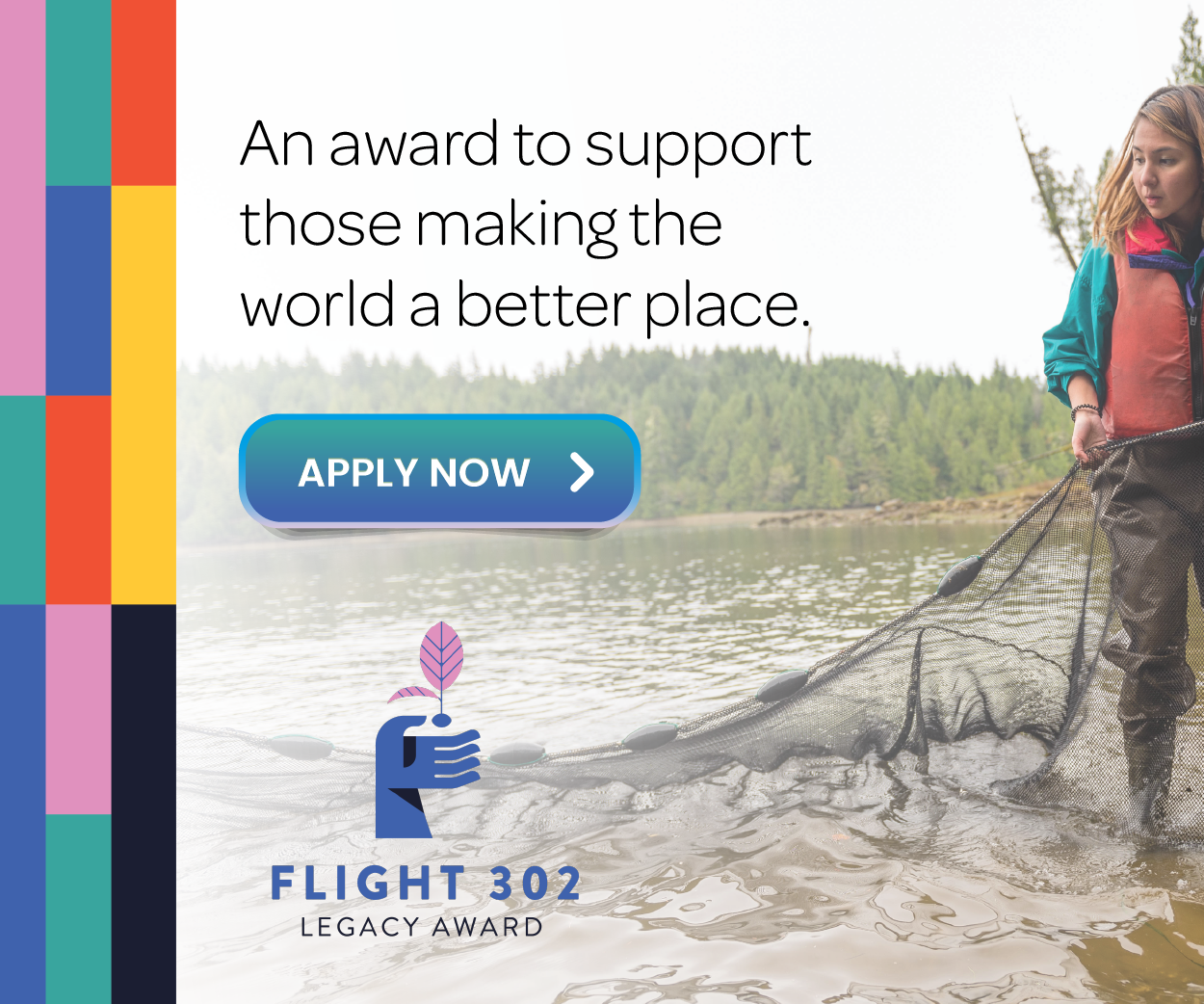
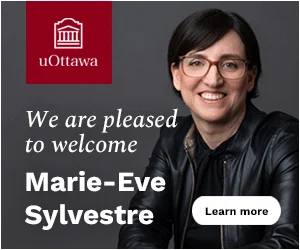
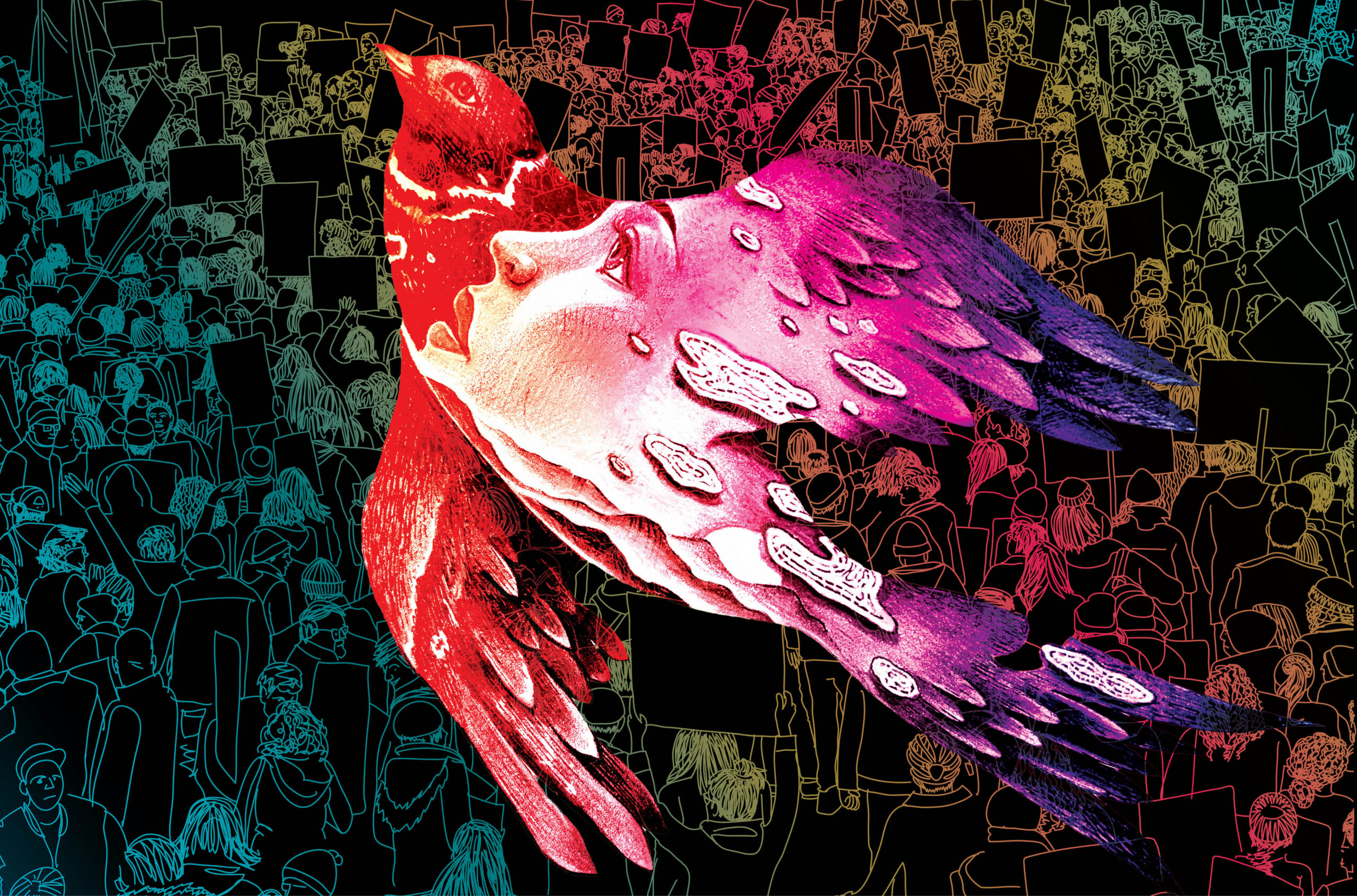
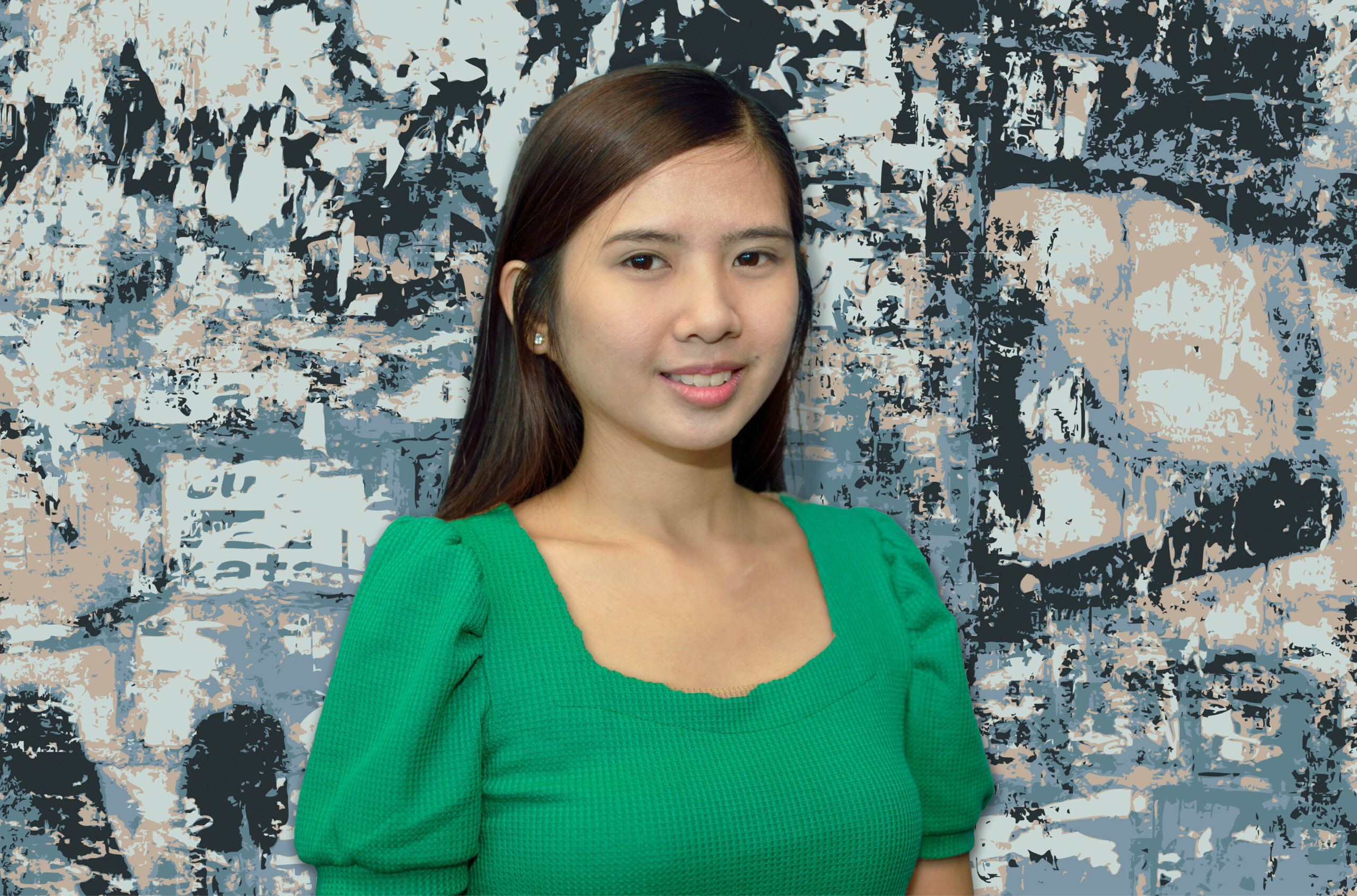
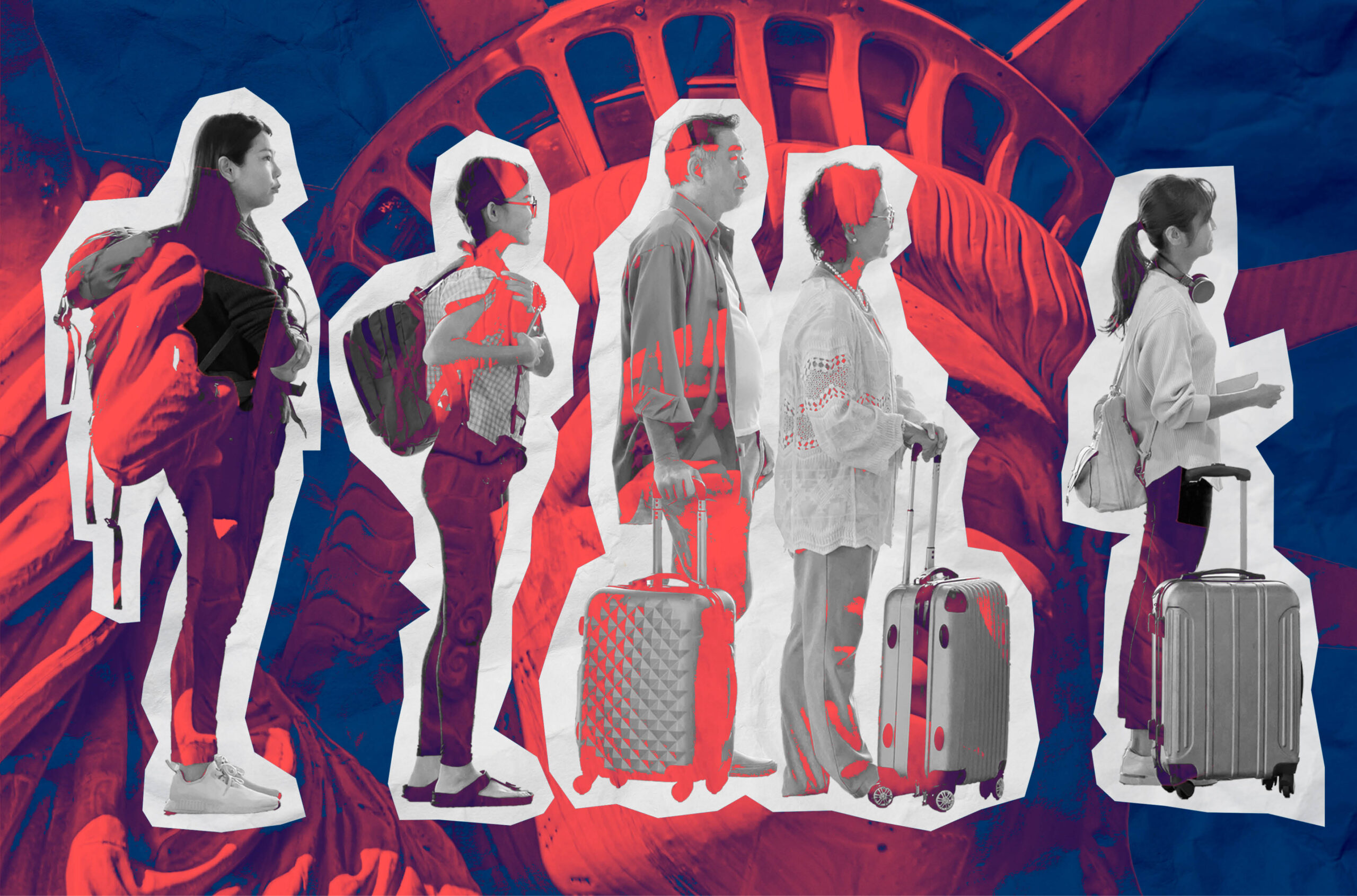
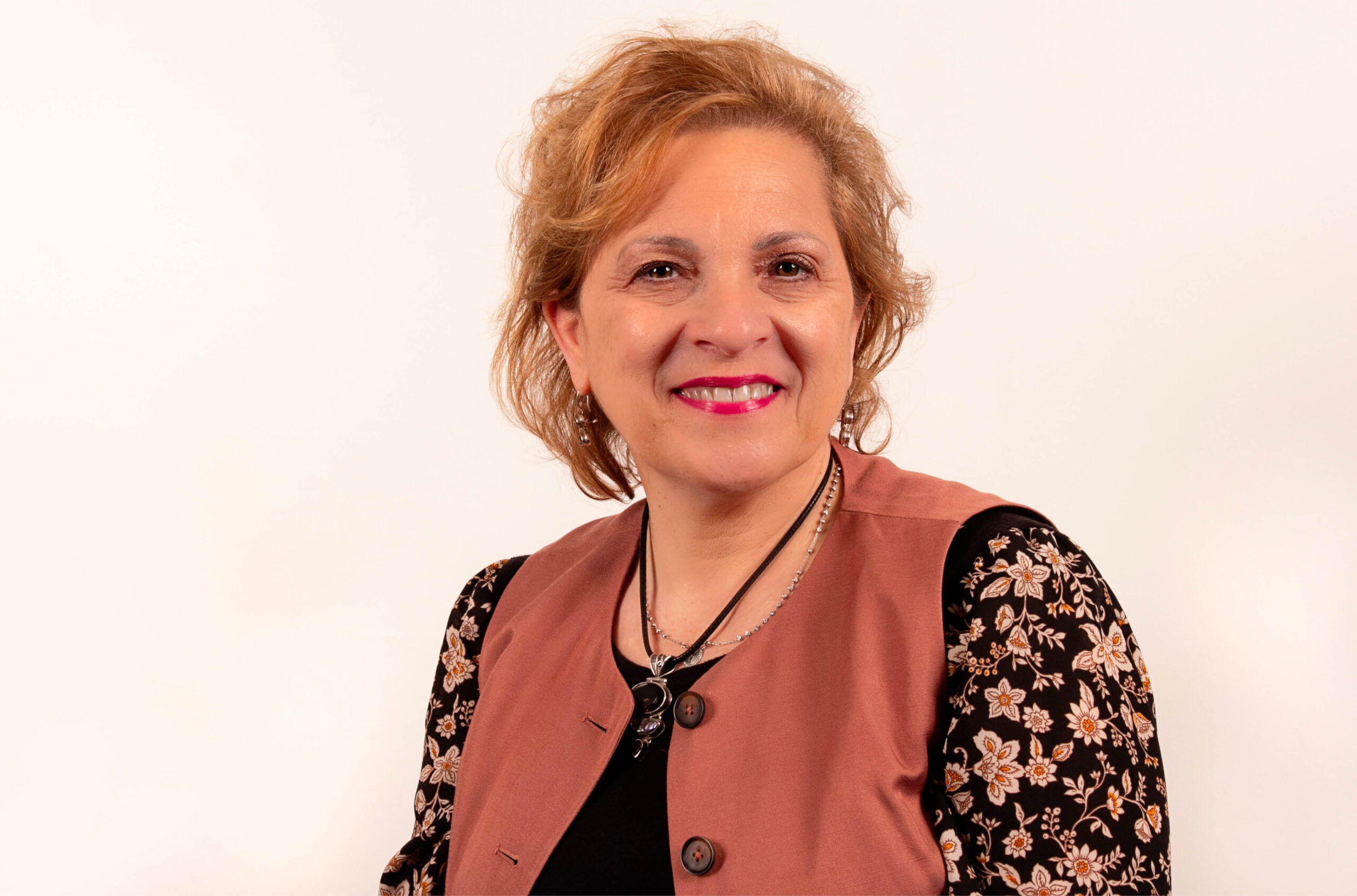
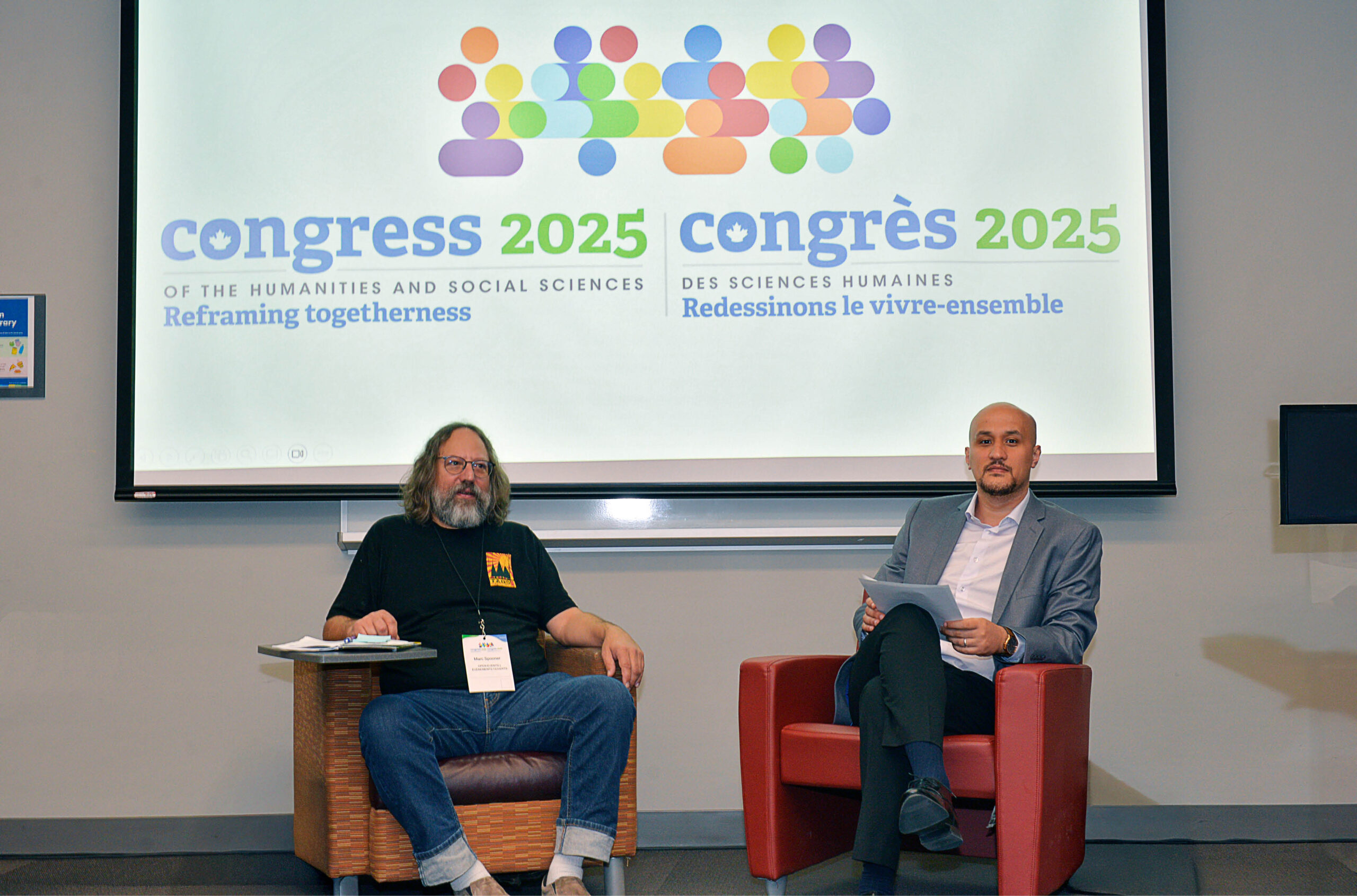





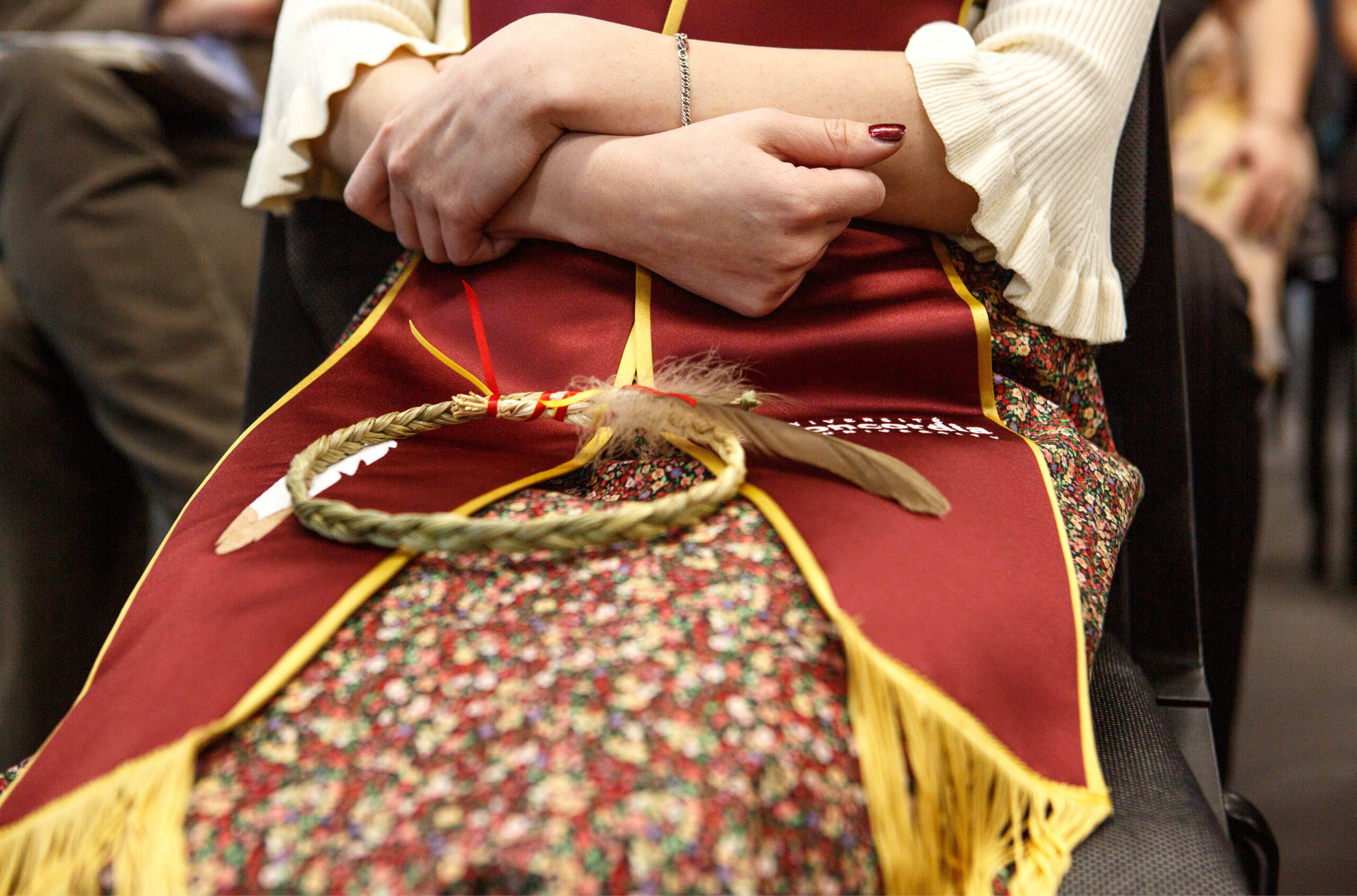

Post a comment
University Affairs moderates all comments according to the following guidelines. If approved, comments generally appear within one business day. We may republish particularly insightful remarks in our print edition or elsewhere.